I’ve been a fan of Viewfinder cameras for many years, having owned M’s and Leica III’s in the past, with a IIIa my current camera. I never thought about a Leica I until this 100th year of celebration for the first successful mass produced 35mm film camera, the Leica Ia. I believed I would be unable to ever afford one, until I spotted a 1930 Leica Ic for what seemed a very reasonable price. Complete with un-serial numbered, probably original to the camera, Elmar 50mm f3.5 lens and lovely case. The camera had just been serviced with new shutter blinds, the lens looks like it has had a service at some time and was in clean condition. The body has been repainted some time ago but fortunately had become nicely brassed again. The camera and lens were destined for the english speaking market with a Feet scale on the lens and english instructions on the base plate of the camera. Altogether a very satisfying purchase.
You really have to go back to basics to use this camera. No rangefinder, so either estimating the distance or using a separate rangefinder. I have a 1960’s voigtlander rangefinder on a shoelace around my neck, also a Sekonic Twinmate meter also hanging around my neck and of course the camera hanging around my neck. So it’s measure distance, set lens, measure exposure, set lens and shutter, finally compose and press shutter. No hurry then!
The shutter speed range of the Ic are pretty good for a 1930 camera 1/500, 1/200, 1/100, 1/60, 1/40,1/30, 1/20 and Z (B). There is a ring around the shutter button that unscrews so you can fit a cable release adaptor. The viewfinder is simple, clear and bright but very small.
The Elmar 50mm f3.5 uncoated lens has no serial number, this means it was converted to screw thread from the fixed lens version on the Ia. It has strange f nos. 3.5, 4.5, 6.3, 9, 12.5, 18. Both aperture and distance settings are on the front so you have to tilt the camera towards you to adjust. The images from this lens are really very good considering it’s 95 years old and especially when you consider this lens design was first used as a fixed lens on the 1925 Ia camera, 100 years ago. The lack of coating means the negatives lack contrast and white objects can have a softness to them caused by the light bouncing around the uncoated elements. There’s plenty of definition, but with some vignetting even when using f9 (edited out of the images below). This lens shouldn’t be compared with it’s modern equivalent, expecting perfection, but used for it’s charming character.
One thing that is essential with the Leica I, II, III cameras is to find some instructions and READ them. The film leader must be cut to a specific length and shape, there are plastic and diy downloadable film trimming templates available. If you don’t cut the film, when you wind on the film, it can be shredded, so be warned.
I mostly use Ilford XP2 and three of the images below are from this film. Two images were shot on Kentmere 200, lab processed in X-TOL, way too grainy for me. I’m at the mercy of the which dev the lab uses and very few use a fine grain dev that Kentmere films cry out for. So I’ll be sticking to XP2, totally predictable with fine grain and high definition, rated at 300 iso. To counter the low lens contrast when printing the images, I add quite a lot of extra contrast to make the prints sparkle, either digitaly or in the darkroom.
Here we have 5 frames taken with the Leica Ic, Elmar 50mm F3.5 lens with XP2 and Kentmere 200.



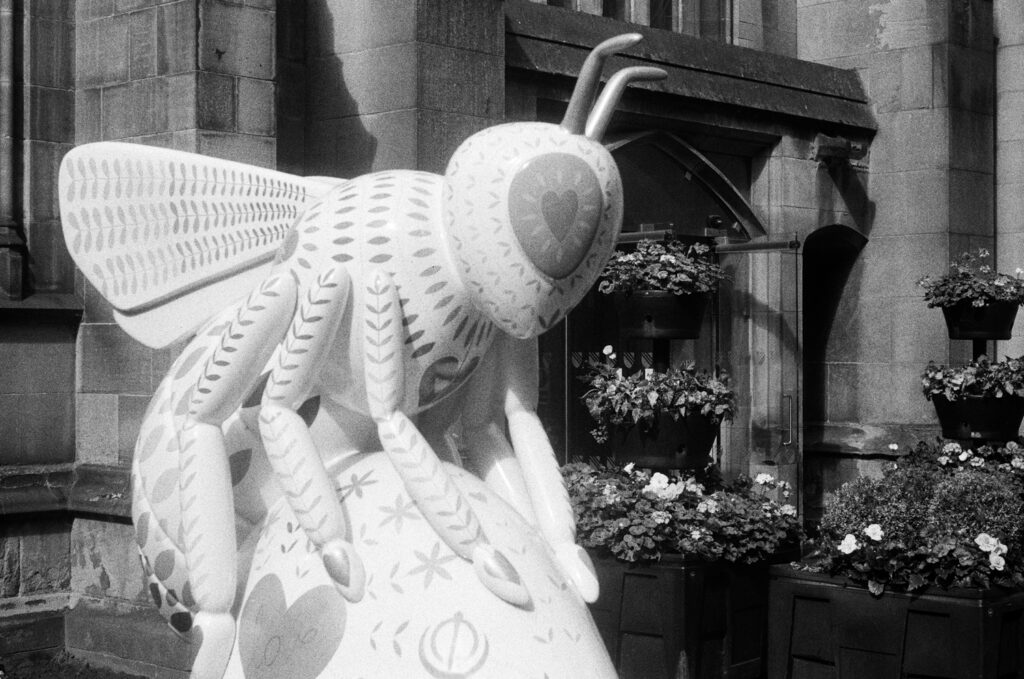

I hope this article was of interest.
Phil
Share this post:
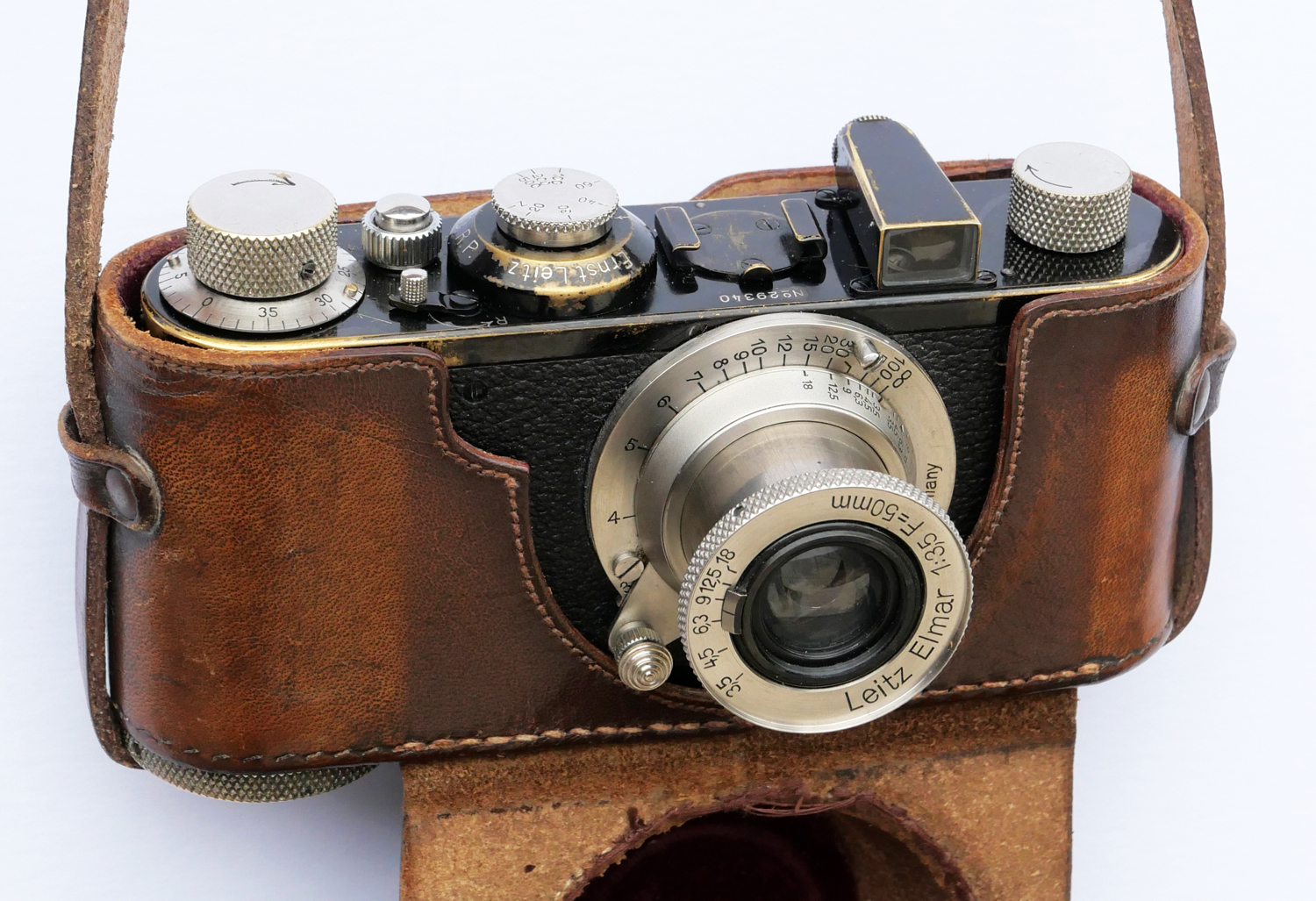
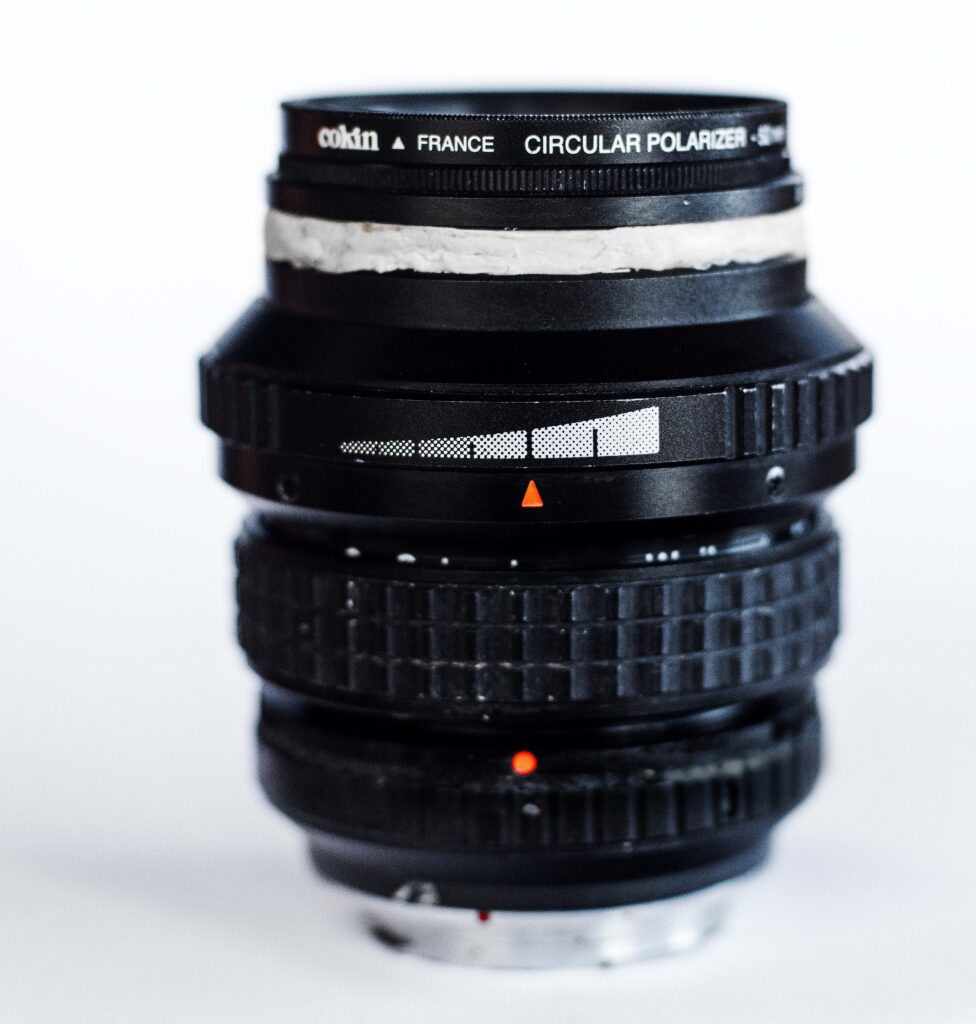
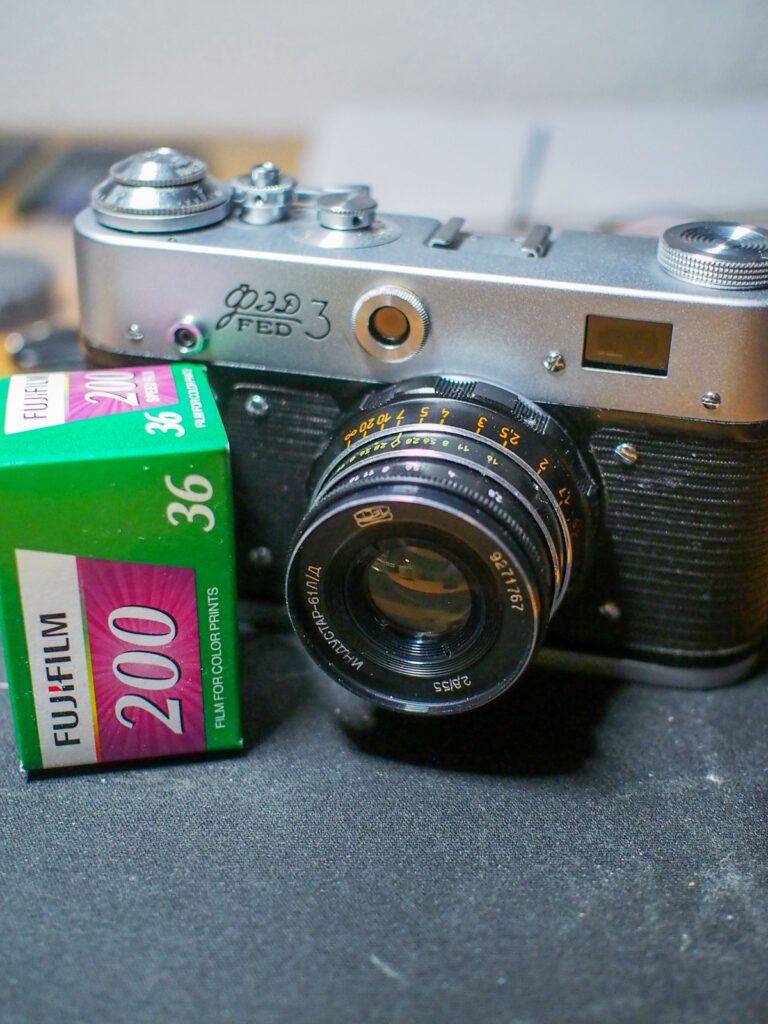
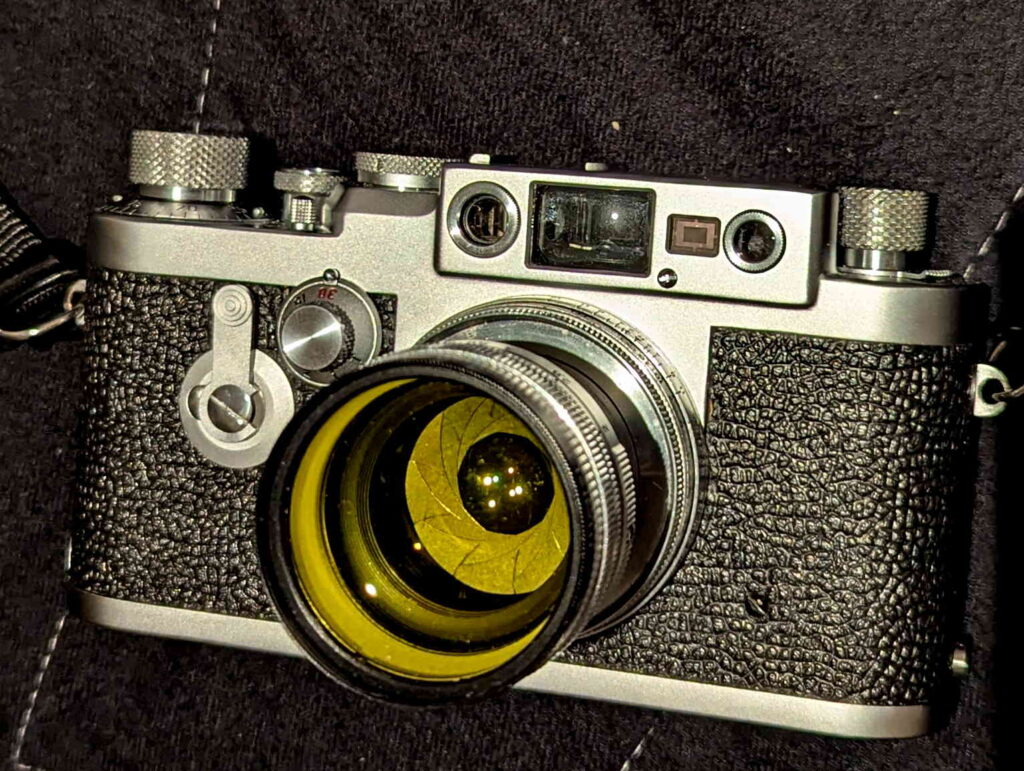
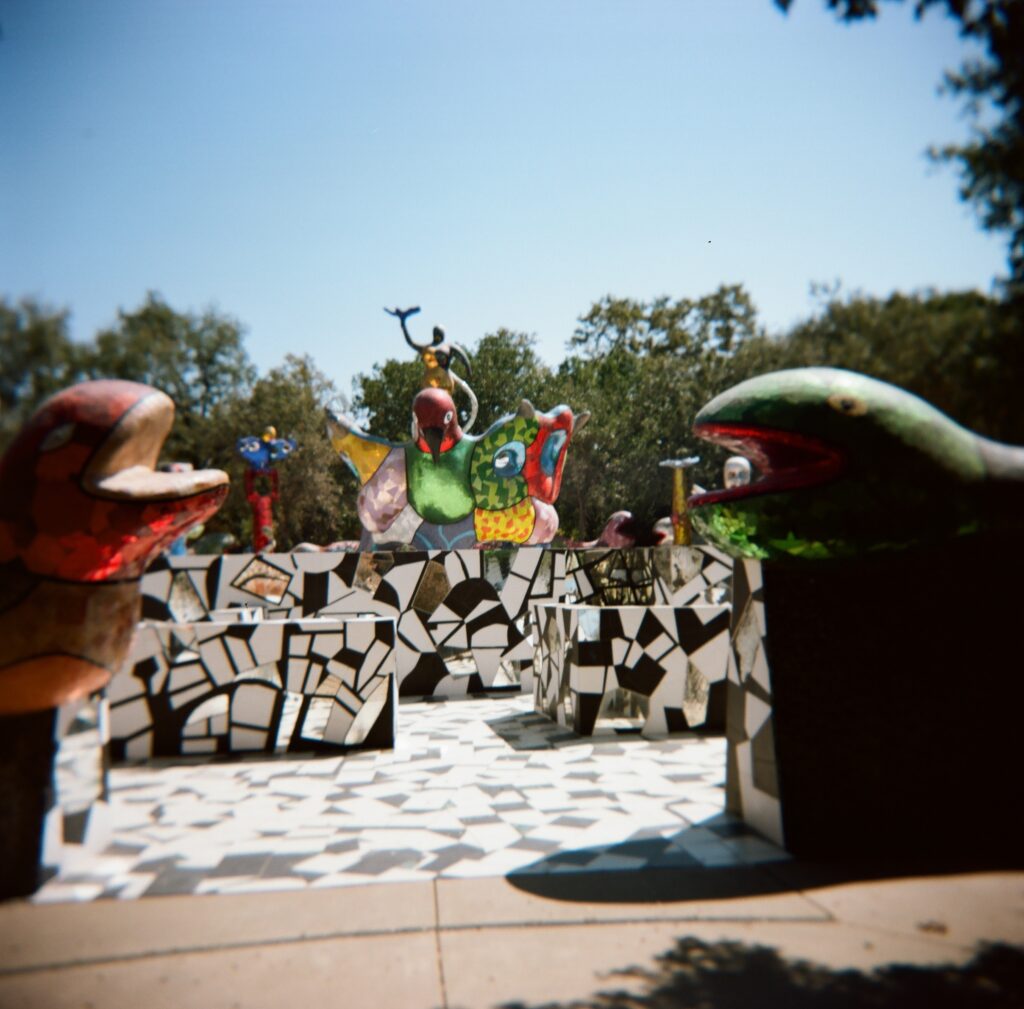
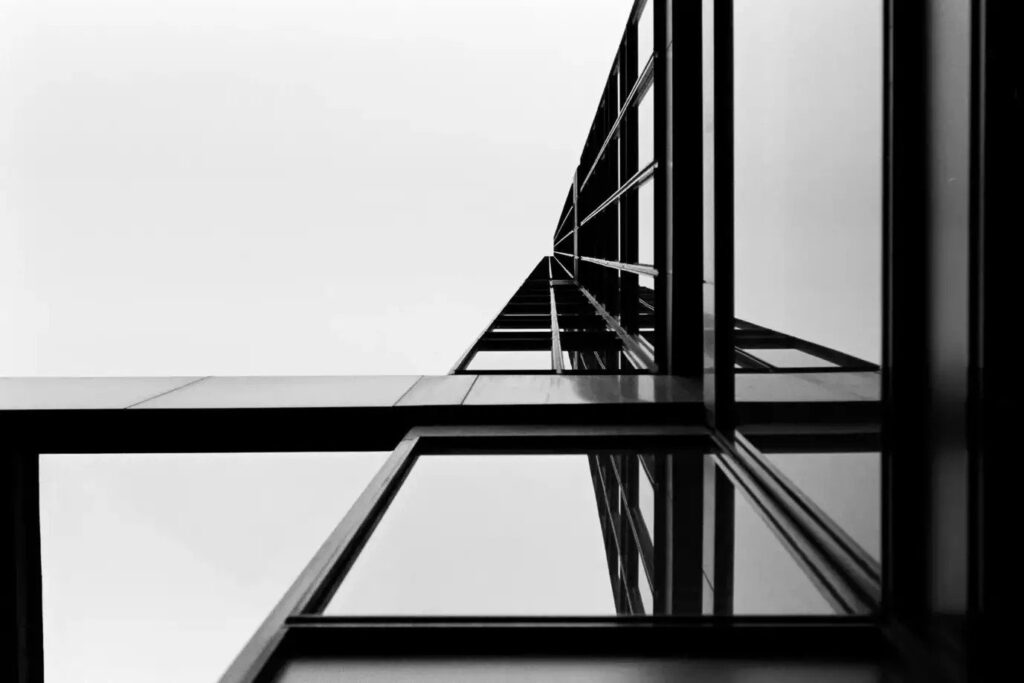


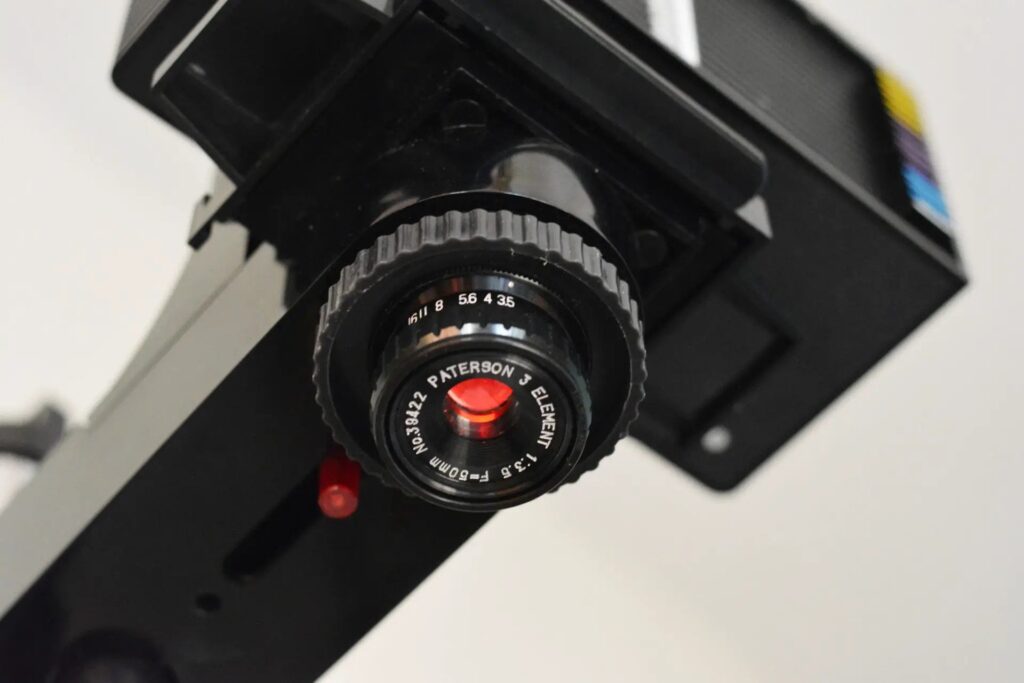
Comments
Matthew Bigwood on 5 Frames with a Leica 1c
Comment posted: 01/11/2025
Comment posted: 01/11/2025
Charles Young on 5 Frames with a Leica 1c
Comment posted: 01/11/2025
Comment posted: 01/11/2025
Walter Reumkens on 5 Frames with a Leica 1c
Comment posted: 01/11/2025
I have also used it many times, exposing it slightly over, usually at 250 ASA. Thank you for sharing.
Comment posted: 01/11/2025
Ed Gillam on 5 Frames with a Leica 1c
Comment posted: 01/11/2025
Comment posted: 01/11/2025
Ken Davis on 5 Frames with a Leica 1c
Comment posted: 01/11/2025
Comment posted: 01/11/2025
Neal Wellons on 5 Frames with a Leica 1c
Comment posted: 01/11/2025
I see that you have quite a few articles on 35mmc. I'll be checking them out.
Comment posted: 01/11/2025
James Langmesser on 5 Frames with a Leica 1c
Comment posted: 01/11/2025
Comment posted: 01/11/2025
James Langmesser on 5 Frames with a Leica 1c
Comment posted: 01/11/2025
Comment posted: 01/11/2025
Curtis Heikkinen on 5 Frames with a Leica 1c
Comment posted: 01/11/2025
Comment posted: 01/11/2025
Gary Smith on 5 Frames with a Leica 1c
Comment posted: 01/11/2025
Thanks for posting Phil.
Comment posted: 01/11/2025
David Dutchison on 5 Frames with a Leica 1c
Comment posted: 01/11/2025
Comment posted: 01/11/2025
Jeffery Luhn on 5 Frames with a Leica 1c
Comment posted: 01/11/2025
Great photos! I've had limited experience with a Leica IIIc, and I found it too difficult to use. Small rangefinder window, difficult loading, etc. I applaud your skill in getting great shots from a much older camera. It's really good to see people doing what it takes to use these classic cameras to their potential. Keep posting!
Jeffery
Comment posted: 01/11/2025
Geoff Chaplin on 5 Frames with a Leica 1c
Comment posted: 02/11/2025
Comment posted: 02/11/2025
David Pauley on 5 Frames with a Leica 1c
Comment posted: 02/11/2025
Comment posted: 02/11/2025
Alasdair Mackintosh on 5 Frames with a Leica 1c
Comment posted: 03/11/2025
Did you have much trouble with missed focus?
Comment posted: 03/11/2025
Russ Rosener on 5 Frames with a Leica 1c
Comment posted: 03/11/2025
I have the modern equivalent of your Leica I, the Voigtlander Bessa L. However I'm not so brave as you and generally shoot it with a 35mm wide angle lens and matching finder. The onboard meter is very accurate.
I'm surprised at the really grainy results with Kentmere 200. I bought a couple rolls of that this summer but have not shot it yet. I generally develop my film at home in D-76. Glad I only got a couple rolls!
Comment posted: 03/11/2025
Steve Abbott on 5 Frames with a Leica 1c
Comment posted: 04/11/2025